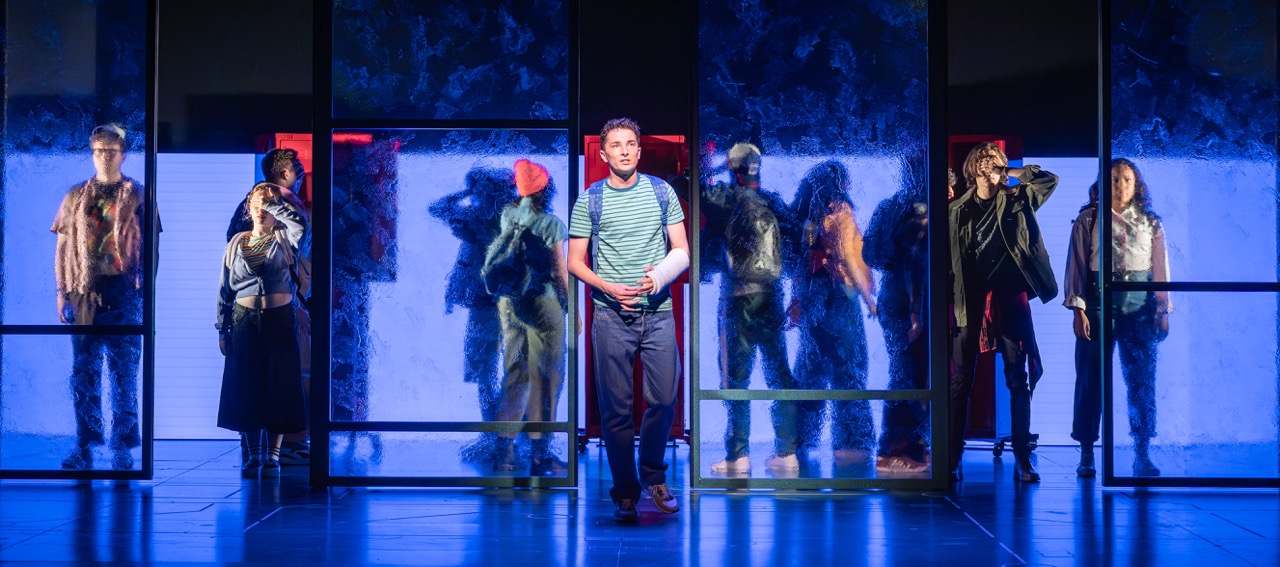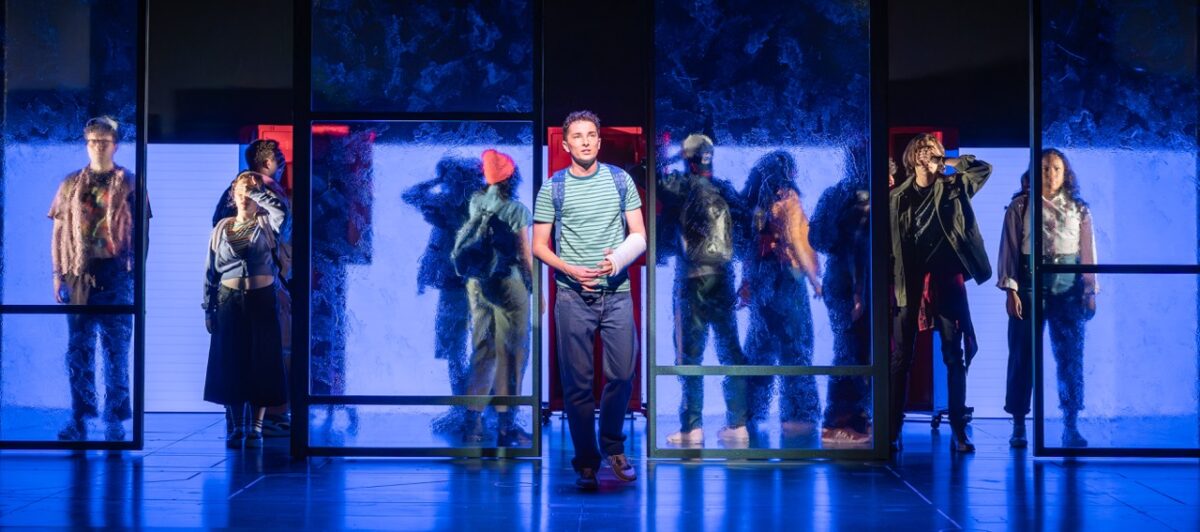
OKLAHOMA CITY— Clyde Snow, a forensic anthropologist who worked on cases ranging from the assassination of President John F. Kennedy to mass graves in Argentina, has died. He was 86.
Snow’s wife, Jerry Snow, told The Associated Press her husband died Friday morning at Norman Regional Hospital in Norman, Oklahoma. Jerry Snow said her husband had lung cancer and emphysema.
Snow’s subjects included Nazi fugitive Josef Mengele and victims of the Oklahoma City bombing and serial killer John Wayne Gacy. He also examined mass grave sites in countries such as Argentina, Bolivia, Peru and Croatia, and often helped build criminal cases against government leaders who carried out the killings.
“Bones don’t forget,” Snow once told the AP. “They’re there and they have a story to tell.”
Snow traveled the world helping to give a voice to the voiceless.
“I find it challenging,” he said. “It is fascinating work. I feel we are doing a little bit of good. It’s not the role of forensic science to put the bad guys in jail, but to evenhandedly collect the evidence.”
Born Jan. 7, 1928, in Texas, Snow became interested in the human body through his physician father. After joining the Federal Aviation Administration in Oklahoma City in 1960, Snow helped develop a computer program to investigate plane crashes.
Snow investigated the deaths of many historical figures, including soldiers who died at the Battle of Little Bighorn in 1876 and King Tutankhamun.
In 1978, his expertise was on display when he spoke before the House Select Committee on Assassinations about various aspects of the death of President Kennedy. Less than a decade later, he was part of an international forensic team that identified the remains of Mengele, who conducted cruel experiments on prisoners at the Auschwitz death camp.
In 2006, Snow testified against ousted Iraqi leader Saddam Hussein, who was on trial for genocide. Fourteen years earlier, Snow had been part of a team organized by the groups Physicians for Human Rights and Middle East Rights Watch who investigated a mass grave in the northern Iraqi town of Koreme, which was destroyed in 1988.
Closer to home, Snow, who was a professor at the University of Oklahoma, assisted in identifying victims of the 1995 Oklahoma City federal building bombing and worked with the Tulsa Race Riot Commission to create a comprehensive account of the deadly 1921 racial clash that laid ruin to the city’s black business district.
Jerry Snow said her husband will be remembered most for his great sense of humor and dedication to basic rights.
“That was his driving force in his life — human rights,” she said.
RELATED STORY
One million buried in mass graves on forbidden New York island …












































